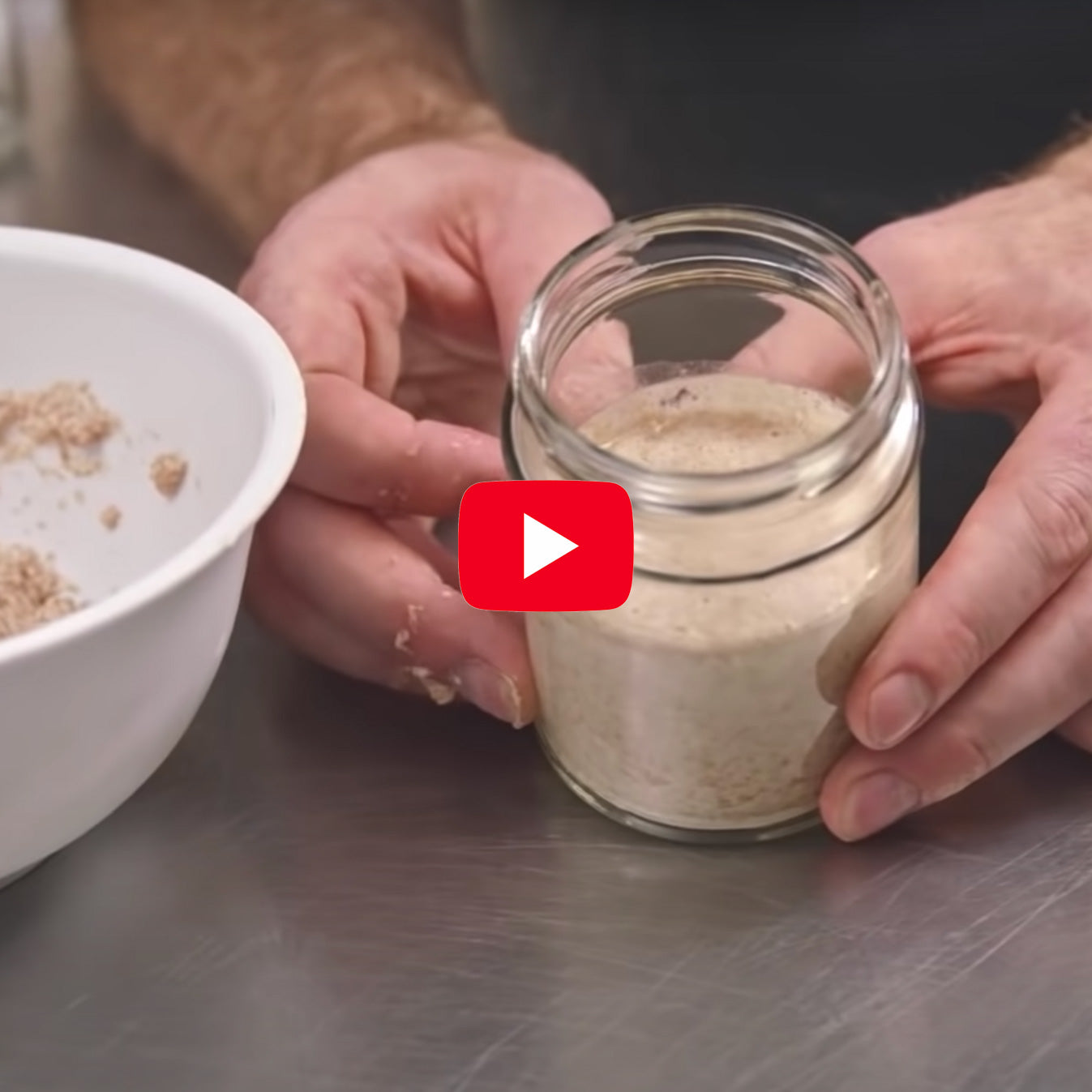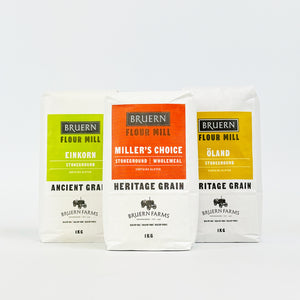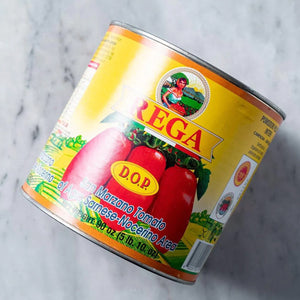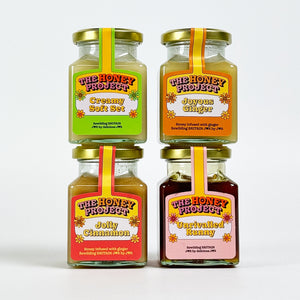
How To Make Sourdough Bread Masterclass (Video) - Patrick Ryan, Firehouse Bakery
Patrick Ryan (Firehouse Bakery), showcases how to make a traditional sourdough bread including how to make the Sourdough starter.
Ingredients for Sourdough Starter:
Day 1:
-50g wholemeal flour
-50g water
-Place the flour and water into a clean bowl and stir together until fully combined
-Cover and leave at room temperature overnight
Day 2:
-75g wholemeal flour
-75g water
-To the sourdough starter add 75g wholemeal flour and 75g water
-Stir together until fully combined. Cover and leave at room temperature overnight
Day 3:
-Discard 100g of sourdough starter and add to it 100g water
-100g wholemeal flour
-Add the flour to the starter, and mix in the water. Cover and leave overnight
Day 4:
- Discard 150g of sourdough starter and add to it 100g water
- 100g wholemeal flour
- Add the flour to the starter, and mix in the water. Cover and leave overnight. The starter should start to smell pleasantly sour with small bubbles appearing on the surface
Day 5:
- Discard 200g of sourdough starter and add to it 150g water
- 150g strong white flour
- Add the flour to the starter, and mix in the water.
- Cover and leave overnight. The starter should appear active and full of bubbles
Day 6:
- The starter should be quite active now and be full of little bubbles and smell slightly sour
- Discard 250g of sourdough starter and add to it 200g water
- 200g strong white flour
- Add the flour to the starter, and mix in the water. Cover and leave overnight
Day 7:
- The starter should now be very active and full of bubbles. The starter is now ready to use.
- Remember when making your sourdough bread always retain some sourdough starter which will be feed/refreshed ensuring you have some sourdough starter for the next dough
Ingredients for White Sourdough:
- 400g strong white flour
- 5g salt
- 230g water
- 160g sourdough starter
Method
- Add the flour to a clean mixing bowl. Mix the salt through the flour. Add the water and sourdough starter to the flour.
- Combine all the ingredients together to form a rough dough.
- Turn the dough out onto a clean work surface. Knead the dough for 10 seconds. Return the dough to the mixing bowl and leave to one side for approximately 10 minutes.
- As the dough rests the gluten within the dough continues to develop. It also creates time when you can continue with your daily life.
- When kneading, do not worry if the dough is slightly wet or sticky. Resist the temptation to add any extra flour. After 10 minutes return to the dough. Turn the dough out onto the work surface and knead for 10 seconds return the dough to the mixing bowl and allow the dough to rest for a further 10 minutes.
- The dough will need to be kneaded one more time. After the third time of kneading for 10 seconds the dough should be smooth, smooth and elastic.
- Return the dough to the mixing bowl cover with cling film and allow the dough to prove for 4 hours at room temperature.
- After 4 hours turn the dough onto a clean work surface and knock the dough back. Knocking back the dough simple involves knocking the air from the dough and equalising the temperature within the dough.
- Form the dough into a tight round ball. Prepare a proving basket by lightly dusting with flour, alternatively if you do not have a proving basket line a 2.5l round pyrex dish with a clean tea towel and dust with flour. Place the dough seamed side facing up into the proving basket or alternatively the Pyrex dish. Prepare the lid of the pyrex dish by greasing and dusting with flour this will prevent the dough from sticking to the lid later. Cover the Pyrex dish with a lid and place into a fridge and leave overnight.
- The reason for using a Pyrex dish is that it acts like a proving basket. The dish acts as a support to your dough. It encourages the dough the take on the shape of the dish and to prove up and not just to spread out flat. The dough will also be baked in the Pyrex dish. Using a fridge reduces the temperature of the dough allowing it to prove slower and longer which allows for a greater development of flavour within the dough but also increasing its digestibility. As dough ferments or proves the gluten within the dough breaks down. The longer a dough is allowed to prove the more flavour it will contain and the easier it is for your body to digest.
- The next morning preheat your oven to 230C
- Remove the Pyrex dish containing your dough from the fridge. Flip the Pyrex dish over, so the bowl of the Pyrex dish now becomes the lid. Remove the tea towel.
- Using a sharp knife cut the surface of the dough, this is what is known as the baker’s signature. The dough can be cut up to ½ cm deep. Cover the dough with the bowl of the Pyrex dish and place the Pyrex dish into the preheated oven.
- By baking the dough in the Pyrex dish there is no need to steam the oven. Baking with a lid on the Pyrex dish creates its own steam which will allow the dough to rise and open up while baking. The Pyrex is very similar to the old style of Dutch oven baking.
- The dough will need to be baked for 50 minutes. After 25 minutes remove the lid from the Pyrex and continue to bake for a further 25 minutes.
- Once baked remove the bread from the Pyrex dish and allow to cool.
- Alternatively if you have a proving basket simple remove the proving basket from the fridge. Pre-heat the oven to 230°C/425°F/Gas 7 and place a baking tray in the bottom of the oven. Turn the sourdough dough loaf out on to a baking tray or hot baking stone. Flour, score or glaze as required and put into the preheated oven. To create steam to the preheated baking tray in the base of the oven add a handful of throwing ice cubes or pour in some water from a boiling kettle This will release a blast of steam into the oven. Bake for 30 to 35 minutes or until a good crust has formed and the loaf sound hollow when tapped on the base.





Leave a comment